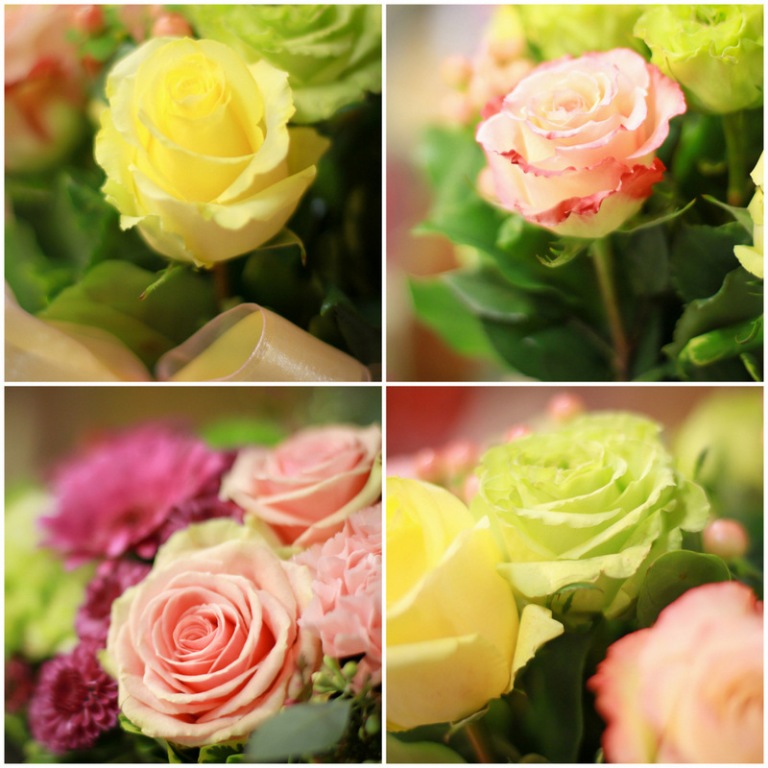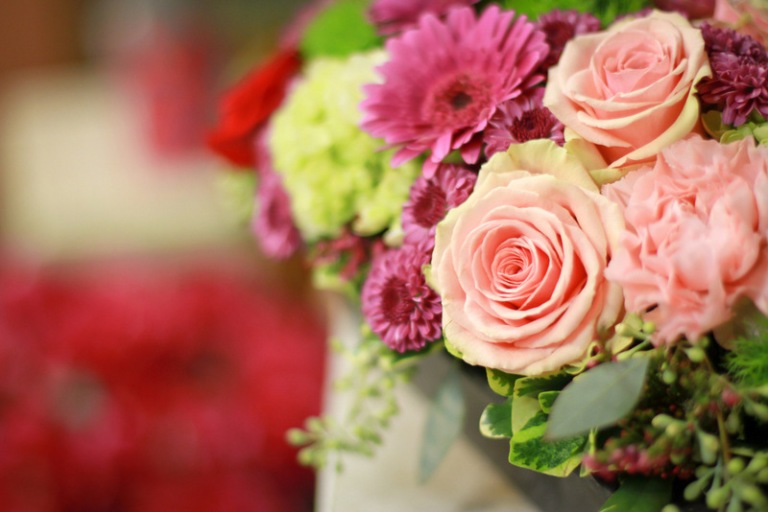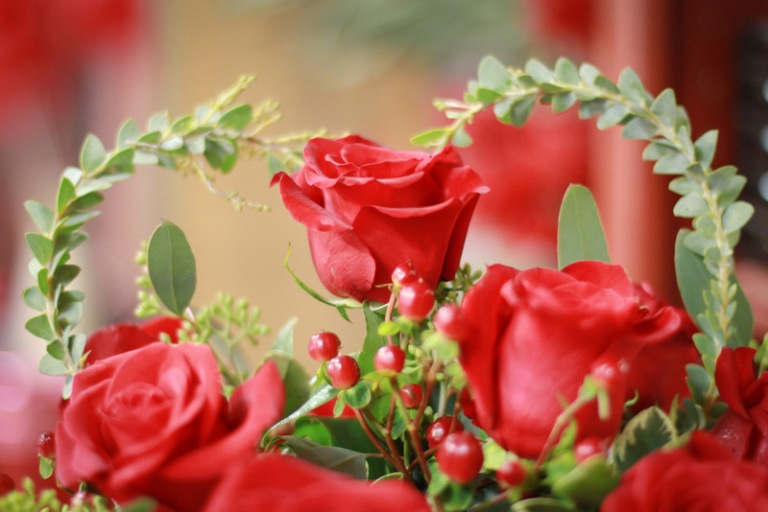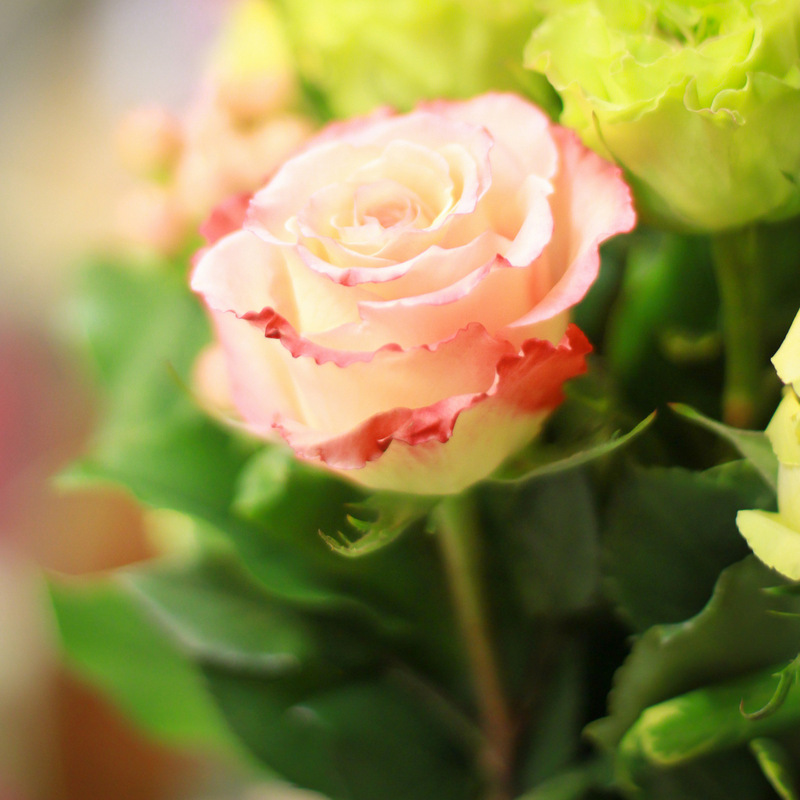Well, it’s Rose season, here at Main Floral. (And, every other florist across the country, that is.) Did you know we’re already prepping for Valentine’s Day? We have vases prepped, and stacked pretty much from floor to ceiling; we are tying bows in all shaded of pink, and red; and we are bulking up our website with our brand new, Valentine’s Day, exclusive line of arrangements for you to order, and have delivered, all over the Twin Cities. Sweet River Candy Company, next door, is busy prepping too–they are bringing in beautiful boxes of chocolate and extra fun treats for you to surprise your loved one(s) with. Did you know that when you order flowers from us, you can add on a box of chocolate from Sweet River? Well, you can, and now you know. 🙂
Anyway, today we’re going to chat about something that you’ve probably noticed happening right around Valentine’s Day, and maybe never really thought much of; or, maybe it’s something you’ve noticed and get annoyed with every year. Either way, we’re going to give you a little insider knowledge today–we’re going to talk about how the price of roses goes up, every V-Day–and, we’re gonna tell you why.
This article was not written by us, it was written by Grower Direct, out of Canada–we think it really sums up the price increase perfectly though, and it helps folks who aren’t in our business easily understand why they (you) have to pay more for Roses at Valentine’s Day. We try everything we possibly can to keep our prices as low as possible; after all we hate having to pay more for things, too. Anyway…read the article, and see if it makes sense to you. Let us know what you think–or, if you have questions. We’re always happy to chat with you!
Valentines Day, Why the Price Increase on Roses?
Every year leading up to Valentine’s Day the consumer witnesses the retail price of roses start to rise, sometimes double, triple, or even quadruple what they normally sell for. Then to add insult to injury, just days after the event prices drop to pre-Valentine’s Day levels. At Grower Direct although we do our very best and strive to keep our prices as low as possible this becomes a difficult task during the Valentines period.
Why? Like many retail sectors we fall victim to the laws of “supply and demand”. However in our industry and particularly at Valentines it becomes as a friend of mine would say “a gong show”. For a 7 -10 day period surrounding Valentines Day more roses (and to an extent other flowers) are sold than in any normal month, and I don’t just mean a little more, I mean a LOT more.
Flower farms suffer through severe peaks and valleys when it comes to day to day demand for their product, nowhere is this more apparent than with roses at Valentine’s Day. Unfortunately unlike a lot of industries where production may be reduced substantially during a slow down and increased again to meet higher than normal demand, roses are a product of nature with no On/Off switch. When farmers produce roses for Valentine’s Day, they cut back the stems of their plants in November, a process referred to as “The Pinch”. That means normally productive rose plants won’t produce full rose buds for 10 to 12 weeks ( if timed right and nature cooperates, just in time for Valentine’s Day). Then, when those plants do produce, the farmers need additional labor for harvest because the roses are processed manually to a huge degree. Like any business model the costs from the hiatus while the roses aren’t producing and the extra labor are eventually passed on to the consumer. The bottom line is that it is simply not possible to meet the demand with adequate supply. Result: Price Increase
Once the roses are grown and ready to ship to consumers the issue of higher transportation costs rears its head. Roses come by plane from Colombia and Ecuador and the need for cargo space rises substantially in February in anticipation of Valentine’s Day. Because more planes are needed to bring the roses into the country the cost of air freight increases as additional planes have to be used for the additional shipping volume. Typically air lines attempt to balance cargo so that a plane is generating revenue coming and going, and costs can be spread over both legs of a journey. Unfortunately at Valentines many of the planes are packed full of roses coming into North America but have to fly back partially or completely empty for another load of flowers, resulting in all of the transportation costs being spread over a smaller amount of cargo. Result: Price Increase.
Now that the roses have reached your local flower shop the retailer is faced with the reality of a substantially higher cost on their product, but it doesn’t end there. Because of the increased demand for product and the fact that it all occurs within just a few days the retailer finds themselves having to hire additional labour, once again adding to the cost. Again, the jump in demand for roses during this very short period of time (3-5 days) is such that often a retailer will have to double or even triple their staffing requirements and incur substantial overtime costs to adequately service their customers. Result: Price Increase (*Trivia tidbit, from us, Main Floral–did you know that we actually have someone come in, for almost the entire week, to ‘de-thorn’ roses? They, literally, cut each thorn off by hand. If they didn’t, our designers would be bloody all week and our customers wouldn’t think our flowers are nearly as gorgeous if they were getting poked all the time. We love our premium roses–but, trust us when we say that they also come with premium thorns–nothin’ flimsy about any of them.)
Now, in addition to all of the above almost all countries celebrate Valentine’s Day at the same time. This results in any product that is not secured by year round commitments with the growers basically going to the highest bidder. Result: Price Increase
The end result of all of the above is that these costs get passed on to the consumer in the form of a higher retail price. The good news is that after Valentine’s Day all returns to normal.





4 thoughts on “Why do Rose Prices go up on Valentine’s Day? { Twin Cities, Anoka, Florist }”